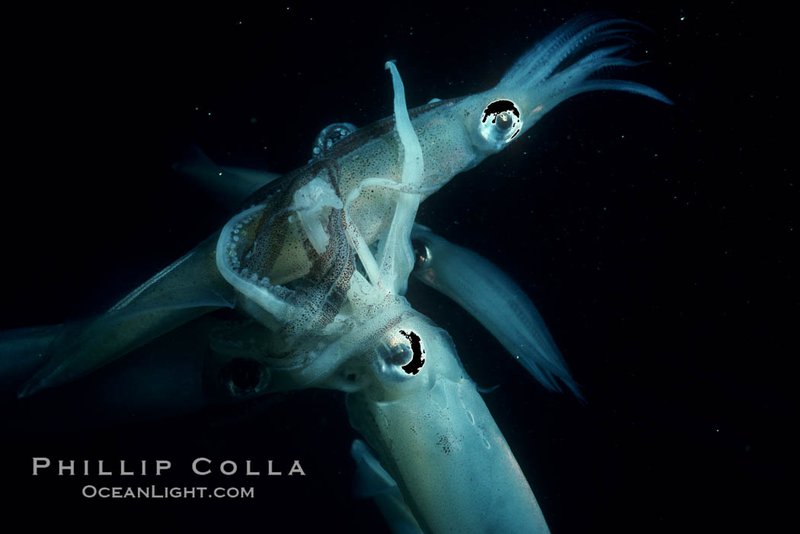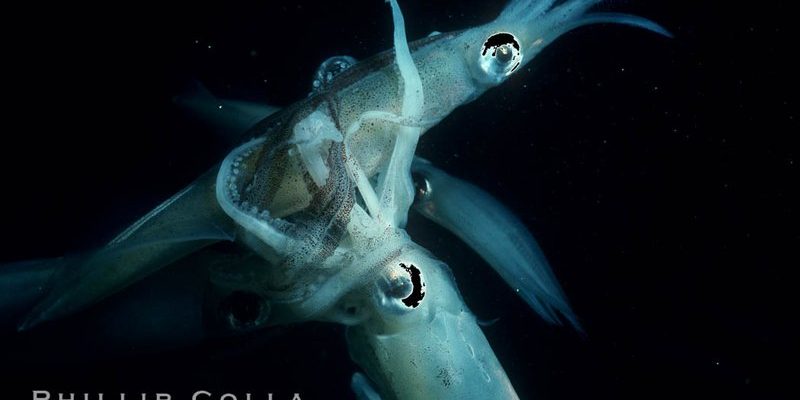
Let’s face it—when we think about giant squid, we might imagine them battling with giant sperm whales or being featured in blockbuster films. But there’s so much more beneath the surface (literally). Reproduction is a crucial part of their life cycle, and it’s not just about making babies; it’s about ensuring the survival of their species in the vast, unpredictable ocean. So, grab a cup of coffee, and let’s dive into the captivating world of giant squid reproduction.
Understanding Giant Squid Anatomy
Before we dive into their reproductive habits, it’s important to understand what makes giant squid special. These creatures can grow up to 43 feet long and have the largest eyes in the animal kingdom, measuring about the size of a basketball—imagine trying to look at a basketball underwater! Their bodies are designed for deep-sea living, equipped with a mantle that helps them hold water and an impressive set of arms and tentacles lined with suckers.
Each giant squid has eight arms and two longer tentacles that they use to catch prey. Their beaks resemble those of a parrot, allowing them to eat prey like fish and even other squids. But when it comes to reproduction, it’s their reproductive organs that take the spotlight. Male and female giant squids have distinct differences, with males having specialized arms called hectocotylus to transfer sperm.
The Mating Rituals of Giant Squid
Now, let’s get to the juicy part—mating. Honestly, it’s not your typical romance story. The mating process of giant squid is shrouded in mystery due to their deep-sea habitat, making it challenging for scientists to observe them in action. However, evidence suggests that mating usually occurs during the warmer months when food is abundant.
Here’s the thing: male giant squids use their hectocotylus to transfer sperm packets to the females. Imagine a mailman delivering a special package! The female then stores this sperm in her body until she’s ready to fertilize her eggs. It’s quite a strategic move because this allows her to pick the right time to lay her eggs, ensuring the best chances of survival for her offspring.
Egg Laying and Development
When it’s time for a female giant squid to lay her eggs, she does so in a spectacular fashion. These squids create clusters of eggs that can contain thousands of tiny eggs, resembling a mass of jelly-like sacs. These clusters are often attached to underwater structures, like rocks or kelp, where they remain safe from predators.
Once the eggs are laid, the female usually doesn’t stick around. In fact, she may even die shortly after laying her eggs, dedicating her last efforts to the next generation. It’s a bittersweet sacrifice—one that ensures her young have a fighting chance in the vast ocean wilderness.
After a few weeks, the eggs hatch into tiny, free-swimming baby squids called hatchlings. At this stage, they are incredibly tiny, measuring just a few millimeters long. They depend on their yolk sacs for nutrition until they’re big enough to hunt for food on their own.
Growth and Survival of Baby Squids
You might be wondering what happens next for these little hatchlings. It’s not all smooth sailing. The survival rate for baby giant squids is quite low. They face a tough life filled with predators, including larger fish, other squids, and even marine mammals. Survival often depends on their ability to find food quickly and evade these threats.
As they grow, they develop important skills, like how to camouflage themselves and move swiftly through the water. They feed primarily on plankton and smaller fish at first. As they grow, their diet expands to include larger prey, allowing them to thrive in their deep-sea environment.
Interestingly, some researchers believe that the growth rate of giant squids can be quite rapid. They can grow several inches in just a few months. This growth is crucial, as it helps them reach maturity faster, ensuring they can reproduce before falling victim to predators themselves.
Challenges in the Life Cycle of Giant Squid
Life in the ocean isn’t easy, even for a creature as formidable as the giant squid. Climate change, pollution, and overfishing are significant threats that affect their habitats and food sources. If the oceans become too warm or polluted, it can disrupt the delicate balance of their ecosystem, making it harder for them to find food and breed successfully.
Moreover, the mystery surrounding giant squids also extends to their reproduction. Since they inhabit deep waters, studying their reproductive habits is challenging, leading to gaps in our understanding. Scientists continue to unravel the complexities of their life cycles. Every discovery shines a light on their place within the marine ecosystem and helps us understand how we can better protect these incredible creatures.
In summary, the breeding and reproduction of the giant squid is a remarkable journey filled with unique challenges. From mating rituals to the nurturing of hatchlings, each step is vital for the survival of their species. Understanding this process is not just fascinating; it also highlights the need for conservation efforts to protect these magnificent creatures and their ocean environment.
So next time you hear a story about a giant squid, remember the incredible life it leads beneath the waves. Each aspect of their reproduction is a testament to nature’s wonders—a reminder of how interconnected we all are in this big, blue world.

